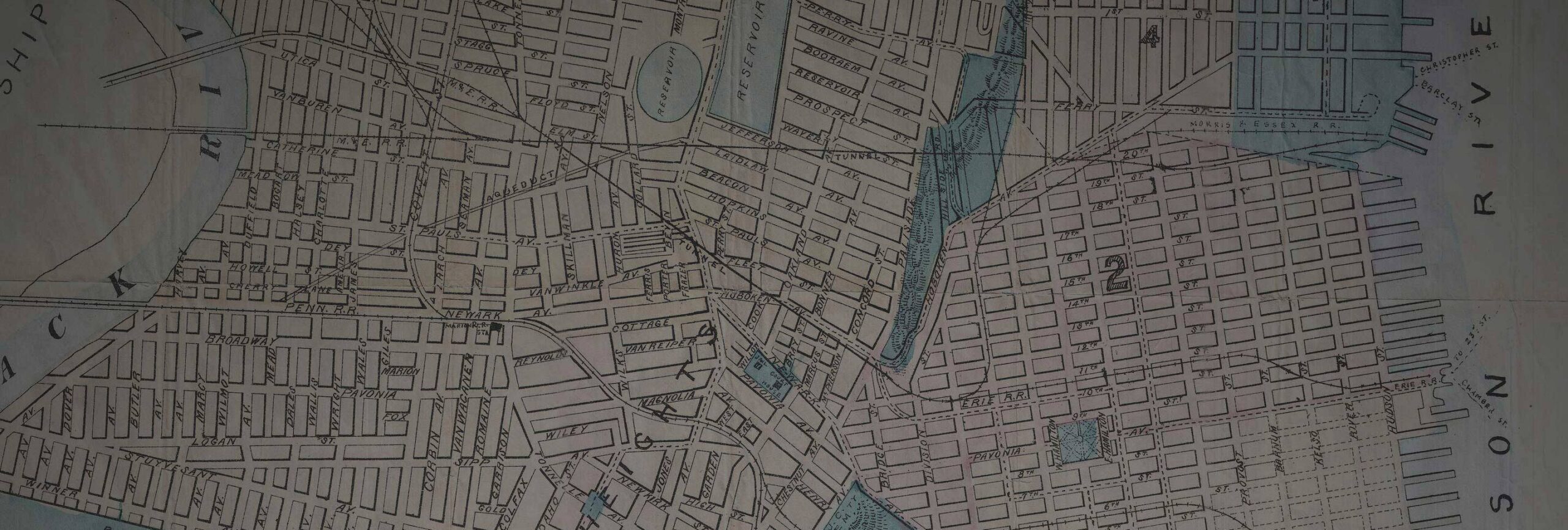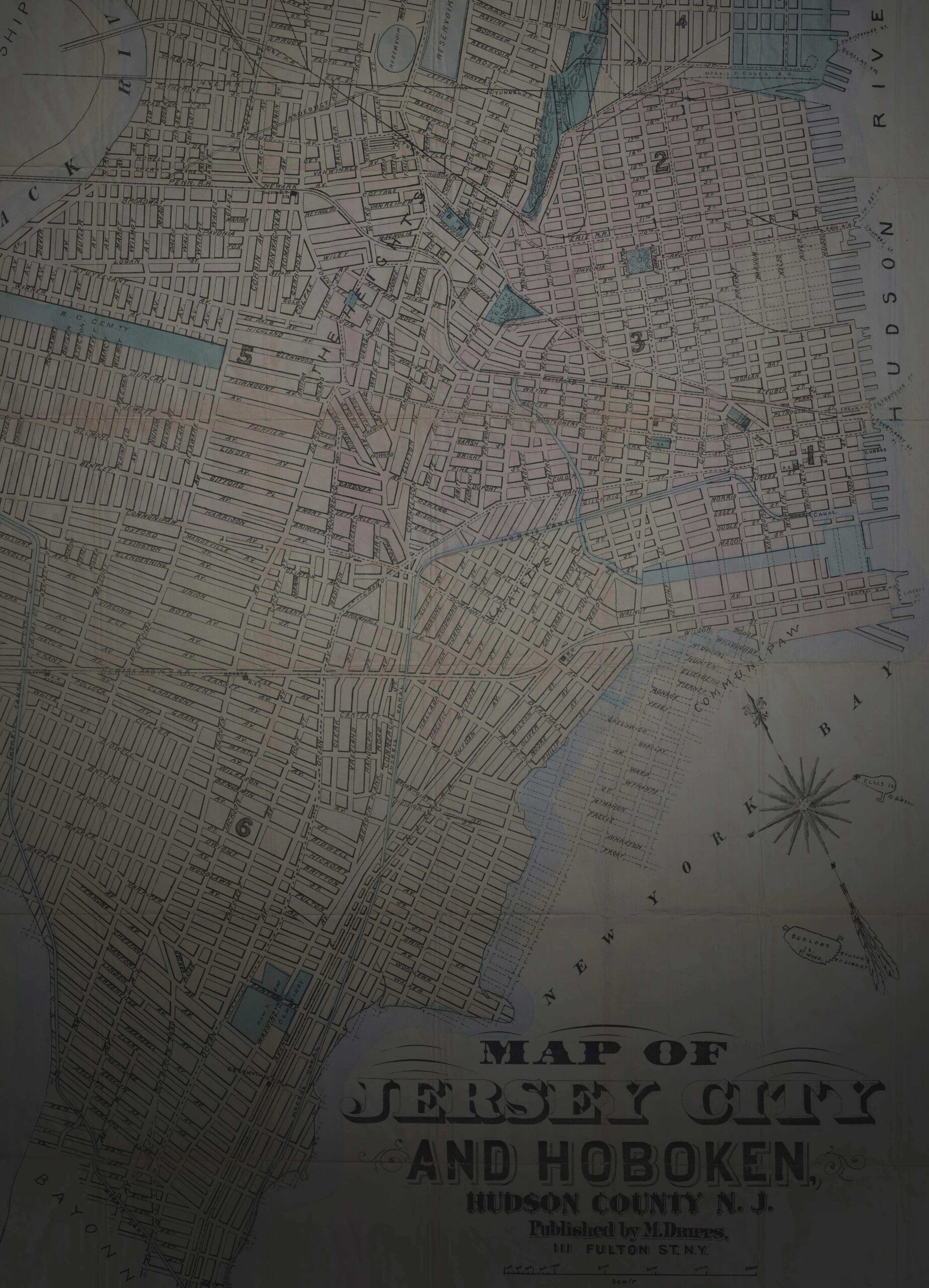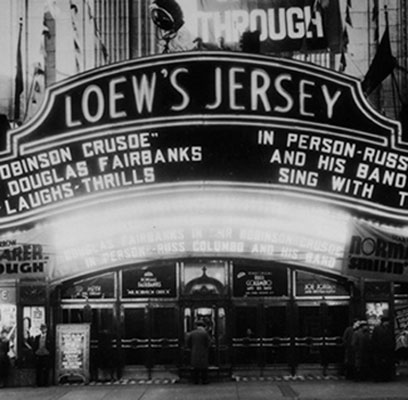

HISTORY
About
Prior to its development as a commercial district, Journal Square was the site of many farmhouses and manors belonging to the original settlers of Bergen, the first chartered municipality in New Jersey, settled in 1660. In conjunction with the 1912 opening of the Hudson and Manhattan Railroad Summit Avenue Station, many were demolished to make way for modern buildings, including the still standing Labor Bank Building (completed 1928 and now known as 26 Journal Square), and the Public Service building (now part of Hudson County Community College). Also still standing are the Newkirk House (which dates from 1690 and is now the Summit House Restaurant) and the Van Wagenen House (which dates from 1688, making it the oldest building in Jersey City).
Journal Square was created in 1923, when the city condemned and demolished the offices of the Jersey Journal, thus creating a broad intersection with Hudson Boulevard which itself had been widened in 1908. The newspaper built new headquarters and the new square was named in its honor.
For most of the twentieth century, Journal Square was the cultural entertainment center of Hudson County, home to the movie palaces built in the 1920s (including the still operating Loew’s Jersey Theatre, completed in 1929). Karen Angel of the New York Daily News described Journal Square from the 1920s to the 1960s as a “crown jewel, a glowing commercial, entertainment and transportation hub of the city.”
Two days before Election Day in 1960 John F. Kennedy made his last campaign speech before returning to New England at Journal Square. Hudson Boulevard was named Kennedy Boulevard soon after his assassination. 100 Newkirk Street, built by the architecture/engineering firm of Comparetto and Kenny and completed in 1965, was named the John F. Kennedy Office Building in his honor. The building remained in the hands of the Comparetto and Kenny families until 2012, when Hopkins Group LLC acquired the property and began its conversion into Kennedy Lofts.

